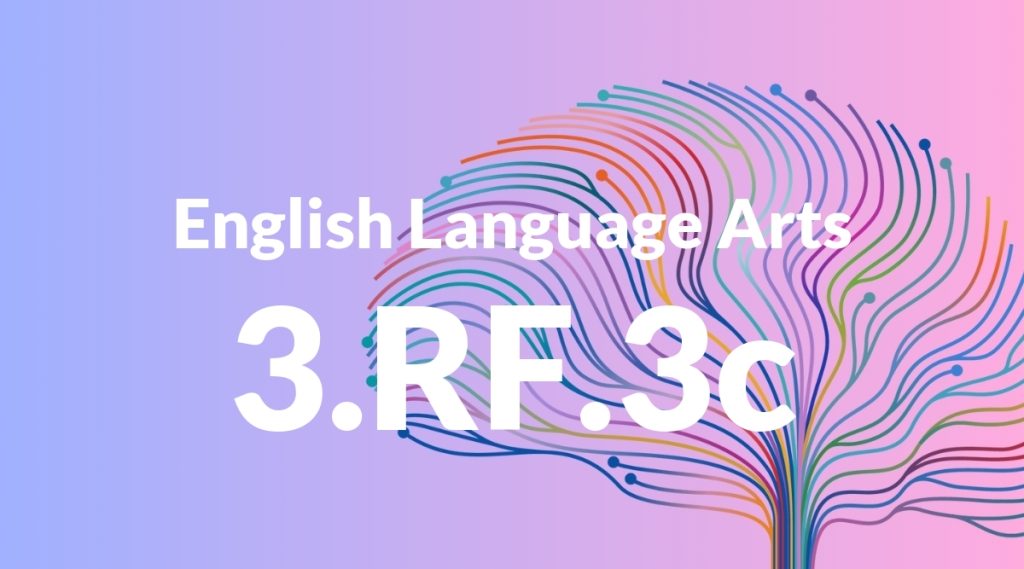Standard: 3.RF.3c – Decode multisyllable words.
Grade level: Grade 3
Subject: English Language Arts
Domain: Reading: Foundational Skills
Teacher Overview
This standard focuses on helping students decode multisyllabic words, an essential skill for reading fluency and comprehension. Mastering this skill allows students to tackle more complex texts and improves their overall literacy. Students should be proficient in decoding single-syllable words and have a solid understanding of phonemic awareness and basic phonics patterns.
After mastering this standard, students will be able to read more complex texts fluently, understand the meaning of multisyllabic words, and improve their overall reading comprehension.
Common Misconception 1
Students may think that longer words cannot be broken down into smaller parts. This is incorrect because most multisyllabic words are composed of smaller, recognizable units such as prefixes, suffixes, and root words.
Intervention 1
Teach students to identify and decode prefixes, suffixes, and root words. Use word-building activities and visual aids to reinforce this concept.
Common Misconception 2
Students may believe that all syllables in a word are pronounced equally. This misconception can lead to incorrect pronunciation and hinder comprehension.
Intervention 2
Use clapping or tapping exercises to help students understand syllable stress and pronunciation. Provide examples and practice opportunities with words of varying syllable lengths.
Prerequisite Knowledge
Students should be able to decode single-syllable words, recognize common phonics patterns, and understand basic phonemic awareness.
Subsequent Knowledge
Students will be able to read more complex texts fluently, understand the meaning of multisyllabic words, and improve their overall reading comprehension.
Instructional Activities
- Word sorting activities focusing on prefixes, suffixes, and root words
- Clapping or tapping exercises to practice syllable stress
- Reading multisyllabic words in context during guided reading sessions
- Word-building games that encourage decoding and blending
- Interactive read-alouds with a focus on multisyllabic words




